The problem with unanticipated emergencies is that when they happen it takes forever to identify them. Things like engine failure or blocked instrument probes are common enough among the bug smashing piston pilots that it’s something we consider every single flight, and preparing for those emergencies is the primary focus of initial flight training and instrument flight training. We pay lip service to other less common emergencies but their rarity doesn’t detract from their lethality. During one trip to Florida one of the rarer in-flight emergencies threatened to end my flying career, but thanks to a small piece of aluminum I lived to see another day.
It was the middle of October in San Antonio, and while central Texas doesn’t have the same Fall chill as my native New York I’m never one to pass up a good opportunity to head for the beach. A couple buddies of mine were volunteering their time at an event for wounded veterans over the weekend and invited me out to come help (and play with some of their toys as well). I did the math and the flight was well within my budget, so I decided that this was the perfect opportunity to take my newly purchased Piper Cherokee for a weekend road trip.
The plan was to take it in short hops. My Cherokee claimed an endurance of 4:45 with the usable fuel on board, but despite having some good hard data corroborating that 10 gallons per hour track record I wasn’t feeling like pushing my luck just yet. If I planned for 4 hour hops I might have been able to get away with one fuel stop in New Orleans, but I decided to play it safe and stop twice along the way. The first stop would be Lake Charles Regional (KLCH, made very appealing by the very cheap gas) and Bob Sikes Airport (KCEW) before finally arriving at Albert Whitted Airfield (KSPG). Total time en route: 8:30. In order to make it for dinner that night in Florida I decided on an early morning start, departing around 8 AM from Castroville Municipal Airport.
That morning in San Antonio was beautiful and crisp. There was just a little bit of a chill in the air as my Cherokee was wheeled out of the hangar and I started loading up the baggage. Up above the sky was clear, but I could see that as I started wandering eastward I’d lose ground contact pretty quickly with the low thin cloud cover that the weather briefer had been talking about. That was expected to burn off through the day however, and I would be well away from it by the time I reached my first fuel stop — the rest of the trip was scheduled to be severe VFR. Nevertheless I had filed an IFR flight plan for each leg just to be safe.
My Cherokee had gone through a bit of maintenance over the last couple weeks so I spent a few extra minutes looking it over during the preflight inspection. Everything looked perfectly normal, and even the engine oil was clear and full following the oil change a few days before. It was one of those beautiful moments that make the expense and headache of being a pilot all worth it — a perfect morning with a newly serviced airplane, full tanks of gas, and doing some long distance flying with a mission in mind.
FlightAware logged my departure time as 8:19 AM out of Castroville, meaning I probably started the engine precisely at 8 AM as intended. It was a good start to what was promising to be a great flight.
Seven hours later I found myself on the ground at Bob Sikes Airport in Crestview, Florida. It’s a very interesting airport, and if you’re ever in the area you should definitely check it out, but at the moment I was in a rush. I had been steadily slipping behind schedule all day as the winds had shifted against me and started slowing me down, endangering my ability to make it into Florida in time for dinner. FlightAware shows that I was on the ground for a grand total of 30 minutes, just long enough for the fuel trucks to fill my tanks and for me to empty my own personal fluid reservoir.
This last leg of the trip would probably be the hardest. I had never flown into the Tampa, Florida area before, and while being on an IFR flight plan was definitely going to be helpful navigating that airspace I was still a bit concerned about finding the airport and landing after dark. I had been flying all day and I could feel a little bit of fatigue setting in but I decided to press on and try to stay on schedule.
Holding short of the runway I went around the cabin and opened every vent I could find, and also ensured that the cabin heat flap was firmly closed. It was a warm afternoon and I had already been sweating in my plastic Easy Bake Airplane for hours so I was looking for every spare bit of airflow I could find in that air conditioning free 1960’s era airplane to keep me cool. Once I was satisfied that I had sufficiently spoiled my aerodynamics in favor of comfort I took off once more and turned on course.
By the time I finally crossed onto the Florida peninsula an hour later it was getting dark outside already. The flight was scheduled to take about 3 hours, one of which was definitely going to be logged as nighttime experience. The cockpit had been getting steadily dimmer throughout the flight, and as night crept in so too did the cold. Even at 5,000 feet the air can get a little chilly — the lapse rate of 2 degrees Celsius per thousand feet is usually a Godsend for pilots in the summer, but it can make for some bone chilling flights in the winter.
With the sun setting I started closing off the air vents to keep warm, but the one thing that I never considered as a possibility was opening the cabin air heat vent. The chief pilot at the flight school where I studied had discussed this with me in detail — the cabin air heater is simply an air intake wrapped around the exhaust manifold on the engine for heat. Sure it might be toasty, but it also could bring carbon monoxide into the cockpit if there was a leak. His position was that it was better to be a little cold than suffocate and die, and I agreed.
Darkness was falling and so it was getting a little hard to read things inside the airplane. On my Cherokee there are no lights for the instruments — the only in-cockpit illumination is provided by a small red light on the roof of the cabin pointed directly at the instrument panel. That red light illuminates everything at night for better viewing, and for the sake of simplicity the same switch that controls the external position lights also controls this cabin light. It has two positions: dim and bright. With the instruments now difficult to read in the darkness I flopped the switch to the “bright” position and watched as the daylight faded from the Florida coastline.
Over the course of the last hour and a half I had started to feel the effects of my long distance flying wearing on my body. I’ve always had a bit of an issue with dehydration and so these days I fill a water bottle before takeoff and ensure that it is empty before touchdown, but in this case I had polished off that bottle of water before the first third of the flight was over. In my head it felt like I had the beginnings of a dehydration headache so I had increased my fluid intake to try and compensate, but now the bottle was empty and I still had a lot of flying to do.
Making matters worse I could feel myself becoming increasingly fatigued, and at a rate that was a little alarming. I had just finished a very long distance multi-day trip in this same airplane from San Antonio to Provincetown, Massachusetts a couple months prior that pushed the envelope of my experience and taught me a lot about how my body reacts to long periods in the airplane. During those trips I had noticed a definite fatigue at the end of the day, but what I felt in that airplane over Florida was beyond anything I had experienced previously. At the Cross City VOR things had felt within normal limits but just a little while later and I could feel things starting to get out of hand. It felt like I was on the verge of going to sleep — my eyes wouldn’t focus for very long, and I was having a little trouble keeping up with the radio traffic.
Halfway to the NITTS intersection north of Tampa on V521 I took a minute to take stock of my situation. It was now pitch black outside. I was flying around a new location where I was unfamiliar with the surrounding airports, but I did have my tablet with Garmin Pilot loaded and running so diverting might not be such an issue. In my mind what I was experiencing was a simple case of dehydration and fatigue from a long flight, common problems I had dealt with all throughout my flight training and something that I was sure that I could handle. Still I recognized that this might be beyond my capabilities and a good time to pull out the old “pan pan pan” card and divert. I figured that I had two options:
- Continue to my destination as planned. Tampa approach was about to start vectoring me for the VOR approach to runway 18 at KSPG and I figured I would be on the ground in about 45 minutes. There I would meet my friends, get some dinner, and go to sleep as soon as possible.
- Divert. The nearest airport according to Garmin Pilot was Crystal River, a small airstrip in the middle of nowhere with barely 2,600 feet of runway and no approaches that I could fly. VFR conditions were present, but wherever possible I preferred to use an IFR approach to new airports and especially at night. I would miss dinner, I would have to find somewhere to stay for the night, and I could continue to St. Petersburg the next morning (very, very late).
While I was weighing my options and looking at Crystal River Airport on my tablet I started popping open the vents in the Cherokee once again, including the pilot’s side window. One thing I learned a long time ago is that when things are going wrong it is much better to be cold than it is to be warm. Cold air can have a positive effect on all kinds of things, from nausea to headaches and it can even drive off fatigue for a short while. Slowly but surely I could feel things starting to improve. The fatigue was going away, and the pounding headache was feeling more like a dull pulsation. With less than an hour to go and the alternative options not looking so appealing I decided that the positive trend in my condition was enough to get me through the approach and on the ground at my original destination.
The approach wasn’t exactly textbook but it was salvageable. I flew a rather poor excuse for a procedure turn and headed inbound to the airfield, picking up the runway lights well before the missed approach point. At 7:45 PM Eastern I landed at Albert Whitted Airfield, turned off the runway, and stopped on the other side of the hold short line to perform the after landing checklist. As I sat there idling I could hear something new coming from the engine compartment — a sound that I had never heard before. It almost sounded like something was rattling around, a clinking noise that corresponded to the engine RPM setting. At that point I knew that I would be paying a visit to the field mechanic before setting off again but I still had no idea what it might be. The nose wheel strut had been a little low, could something related to that have been the cause of the noise?
For the moment I still had some work to do. I followed the tower’s instructions to the end of the taxiway where a helpful marshal guided me into a parking spot for the night. I shut down the engine and reached for my flashlight to start gathering my gear back into my bag in preparation for leaving the plane for the next few days. When I flipped on that white light something immediately caught my eye: the carbon monoxide sensor.
It wasn’t the customary yellow. It wasn’t slightly green. It was black.
One of the very first purchases I made when I bought my airplane was for a carbon monoxide sensor. For some reason the previous owner didn’t have one, but I didn’t feel safe flying without some way of detecting a colorless odorless gas that might kill me at any time. $5 on Amazon.com later I had a small placard that I stuck on my instrument panel and watched like a hawk during my first hours in the plane. I had never noticed it even slightly discolor during my previous flights and the more I flew without an indication the less attention I paid to it. On this flight, however, the indicator had done its job to warn me that something was wrong.
The very next day after landing in Florida I contacted the field mechanic, told him everything that happened, and asked him to take a look at the exhaust system. He was excellent to work with — pulled the airplane out of the FBO’s parking lot, worked on the airplane, returned it once done, and even took my credit card for payment over the phone, all without ever needing to meet face to face. He provided the last piece of the puzzle that let me figure out what exactly happened that night at 5,000 feet over Florida.
At some point at Bob Sikes Airfield the exhaust system on my 1963 Piper Cherokee had rattled loose. Carbon monoxide from the exhaust that normally would be dumped overboard and safely away from the cockpit was now gathering near the firewall and creeping through the instrument panel. Even with the cabin heat flap closed (the mechanics confirmed that it was in the “shut” position the whole time) the gas was still working its way back to the passenger compartment.
Initially this wasn’t an issue, since I had all of the vents open and fresh air from the slipstream around the engine was being directed into the cabin. That supply of fresh air was keeping the carbon monoxide from having too much of an impact on me as I was flying, but the headache which I mistook for a symptom of dehydration was actually a warning sign for carbon monoxide poisoning and hypoxia.
As night fell things got worse. I closed the various vents in order to keep warm, but that also reduced the flow of fresh air coming into the cabin. Less fresh air meant that the carbon monoxide was free to build up, increasing to levels that started causing serious issues for me physiologically. At this point the carbon monoxide sensor turned black, but because the only light in the cockpit was a dim red lightbulb it didn’t look any different than normal at the time — I only realized the sensor had sensed anything when I used a white light flashlight on the ground.
Everything had failed quietly. There was no warning that the exhaust had come loose, and in fact that was the furthest thing from my mind since the mechanics had just given my bird a clean bill of health earlier that week. The carbon monoxide sensor had alerted, but due to the lighting in the cockpit it was impossible for me to see that it was any different than normal. And while the symptoms themselves should have raised an alarm the fact that I was expecting some degree of fatigue and a headache at this point in the flight meant that they weren’t necessarily out of the ordinary. In the moment my judgement was that I was simply tired and dehydrated, not that there was a life threatening situation happening in my cockpit.
I could have died up there. It is entirely possible that the carbon monoxide induced hypoxia could have gotten worse, that I would have passed out from a lack of oxygen, and both I and my Cherokee would never have been seen again. This has all happened before — a rusty heater brought down a Cessna 182 in 2000 when the pilot succumbed to carbon monoxide poisoning. But thankfully the proposed temporary solution to my perceived fatigue issue was the same solution as the carbon monoxide issue: fresh air. Opening up the air vent flaps stuck a small piece of aluminum into the slipstream air flow and redirected it into the cockpit, providing me fresh air that reduced the effects of the carbon monoxide and allowed me to land the plane without incident.
On the ground in St. Petersburg a $200 repair bill from the local mechanic was all it took to get me airworthy again. They tightened up the exhaust system and I blasted off for San Antonio, one eye on the carbon monoxide sensor the entire trip. The little sensor never deviated from bright yellow the entire time and I made it home safely in one piece, immediately handing the plane over to the mechanics once more to troubleshoot further.
All that said, the root cause of the emergency was my mindset. I recognized the emergency late in the game and never really properly identified it in the air because hypoxia was never even something I contemplated. Cruising along at 5,000 feet on a cool Fall evening I wasn’t high enough for altitude induced hypoxia to be an issue, and I was relying too much on my firewall and the ancient heater air flow flap to keep any carbon monoxide out of my passenger compartment.
The crusty old pilots have a saying that in flying you start with a bag full of luck and an empty bag of experience. The trick is to fill the bag of experience before you empty the bag of luck. This was a situation where I definitely could sense that I had reached into that bag of luck and made a rather large withdrawal, and hopefully my story can help to fill the bag of experience of others without needing to make that same trade.
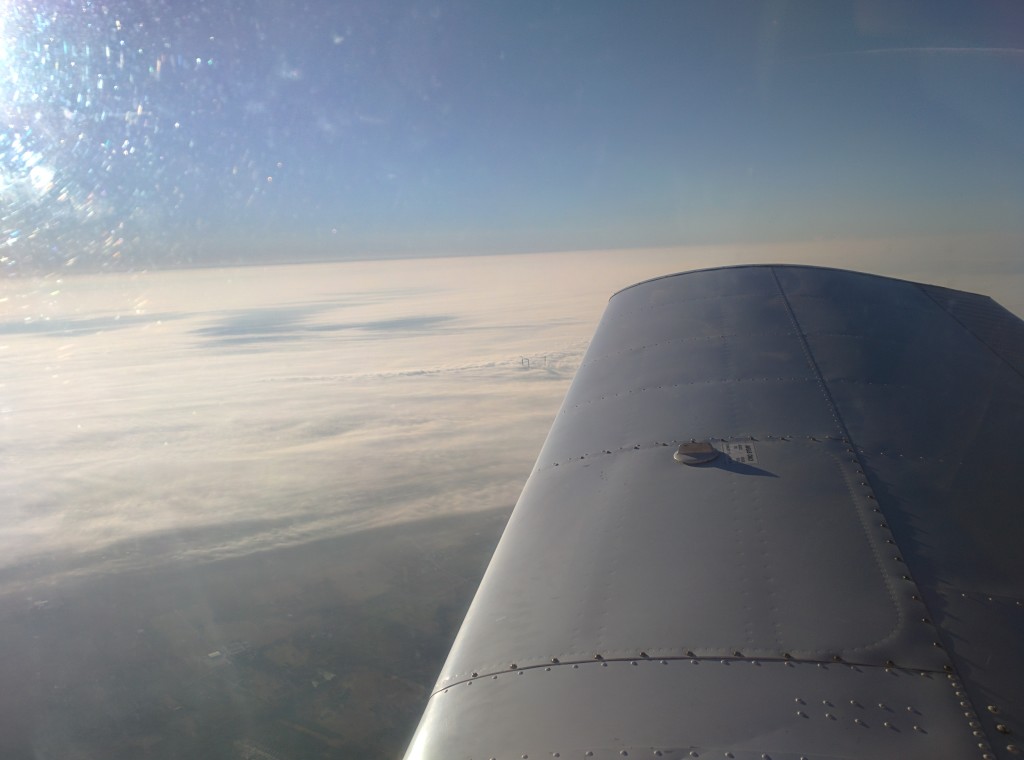

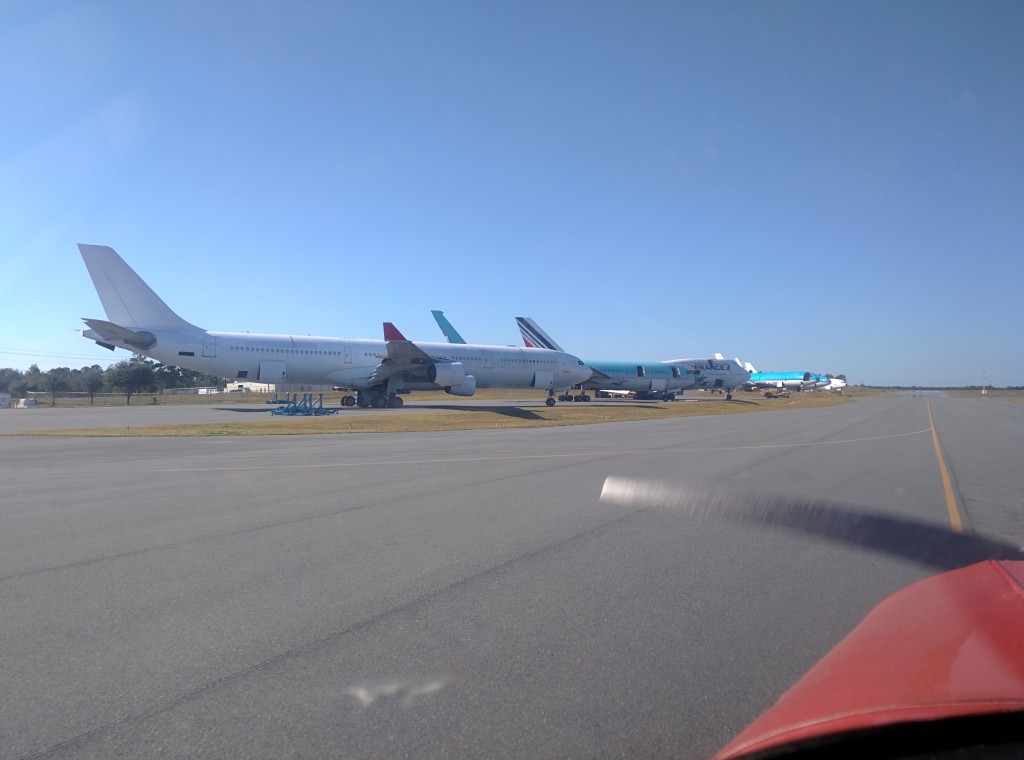
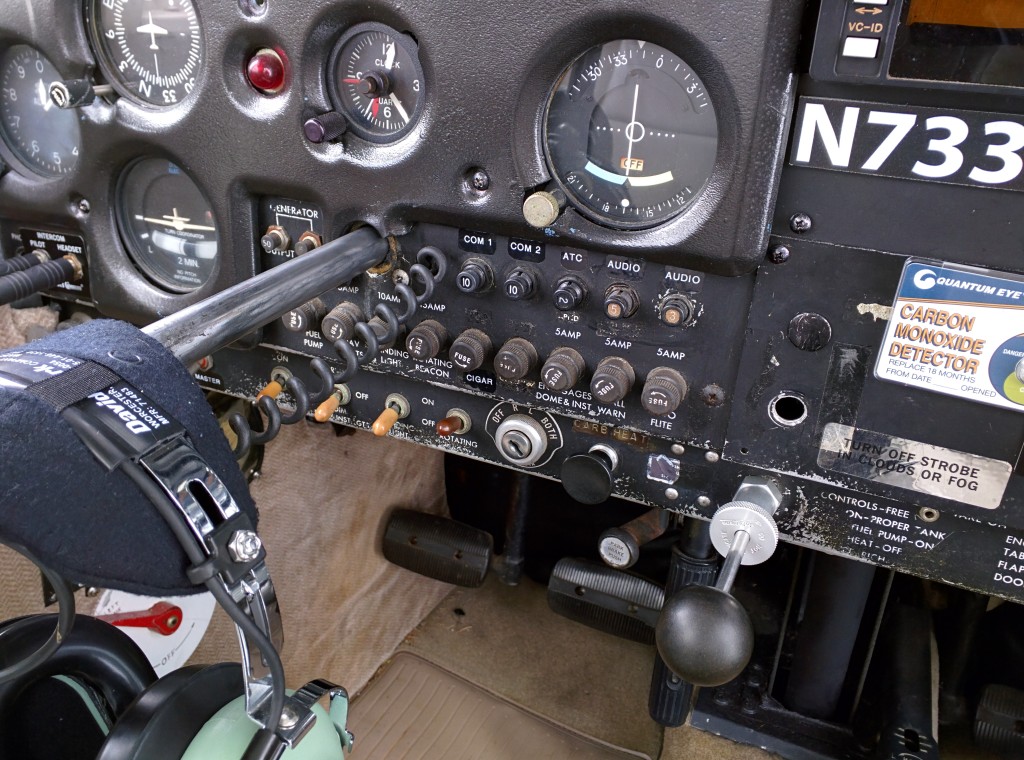

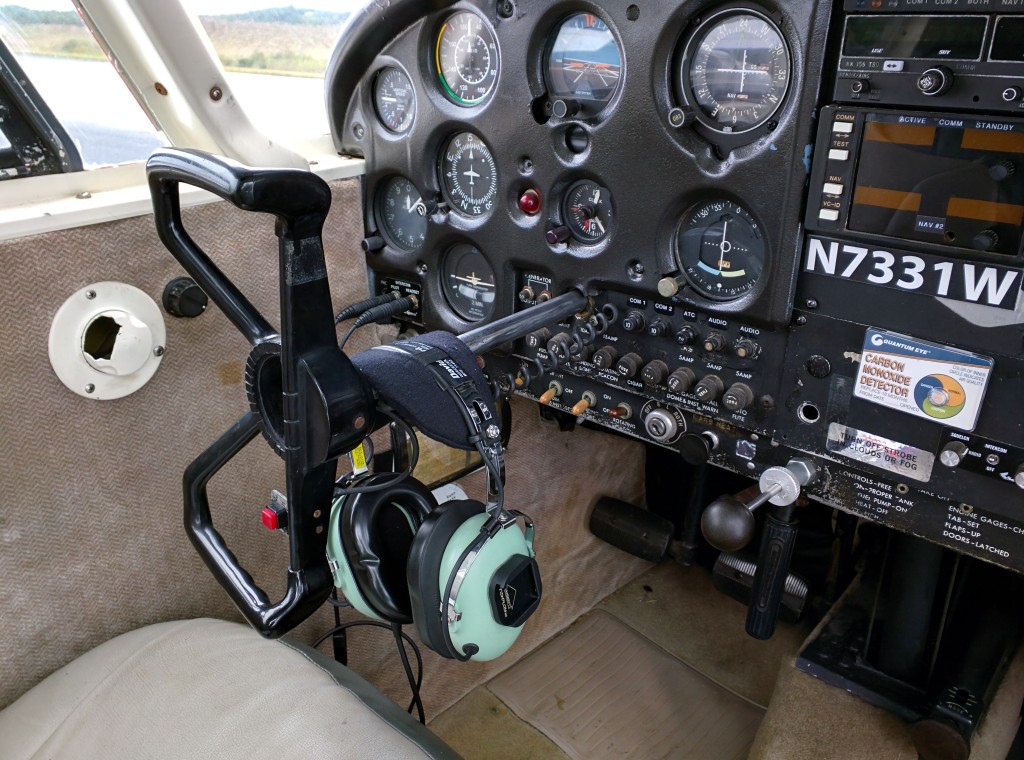
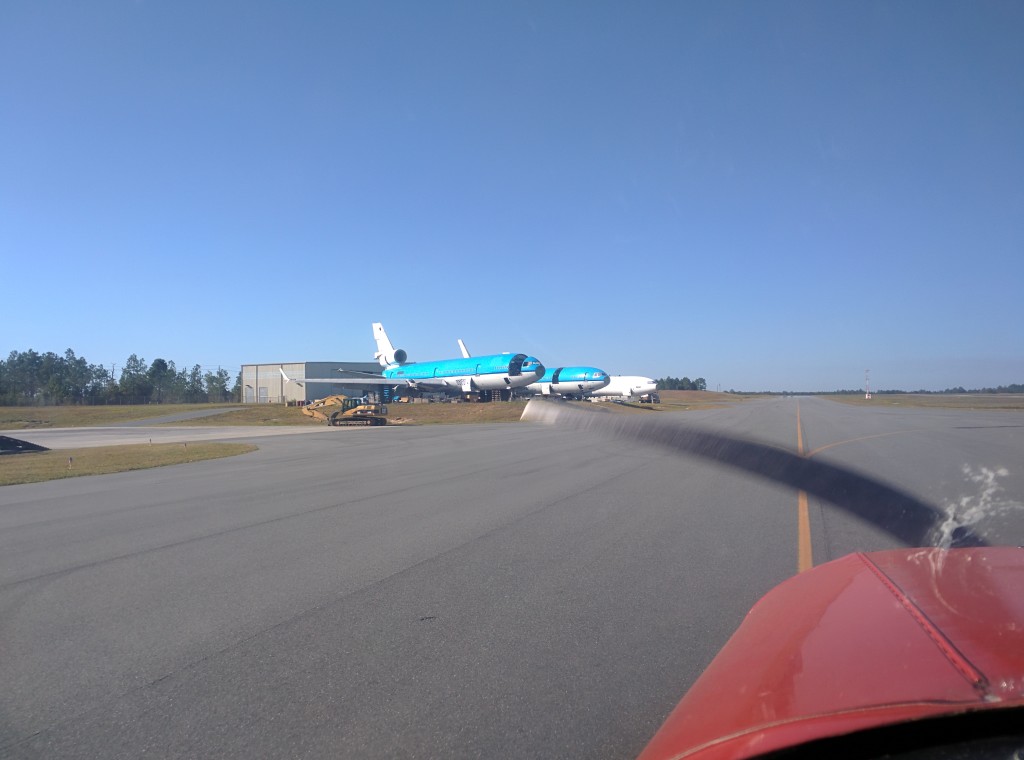
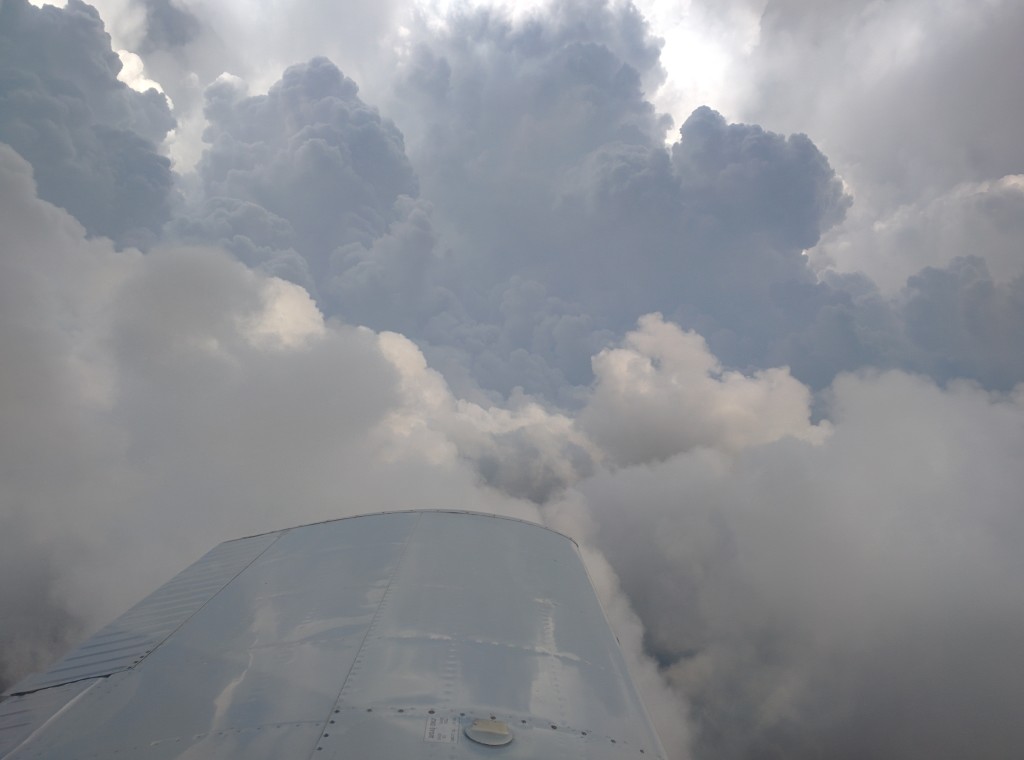
Great story and share…thanks
I think you just sold me an electronic CO alarm for my ’67 Cessna.
It would have been wise to declare a pan-pan or even mayday on radio when you were feeling yourself getting incapacitated – even if recovering. ATC could’ve given you shorter vectors, perhaps suggested landing at KBKV instead, and have some equipment on standby, in case you or your engine compartment were worse off.
Very valuable insights, thanks! I’d never have thought of hypoxia at 5000ft, I’ll be looking at the CO indicator much more frequently now!
So glad I read this tonight. I know this can happen.. I know it’s a risk… I know we have the sensors in our club planes… I’m just not sure I ever really pay attention to them. You had better believe that I will from now on. Many thanks.